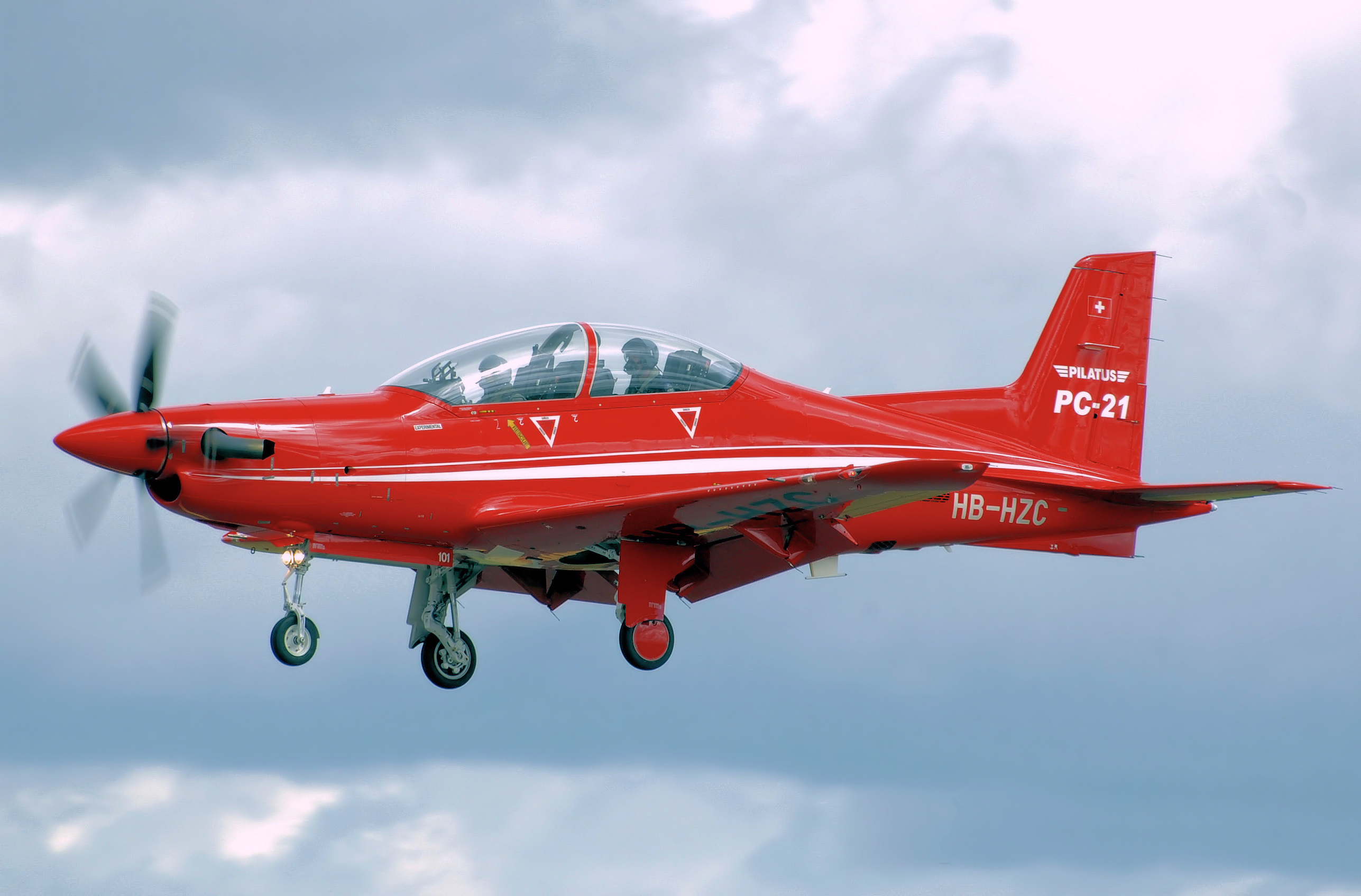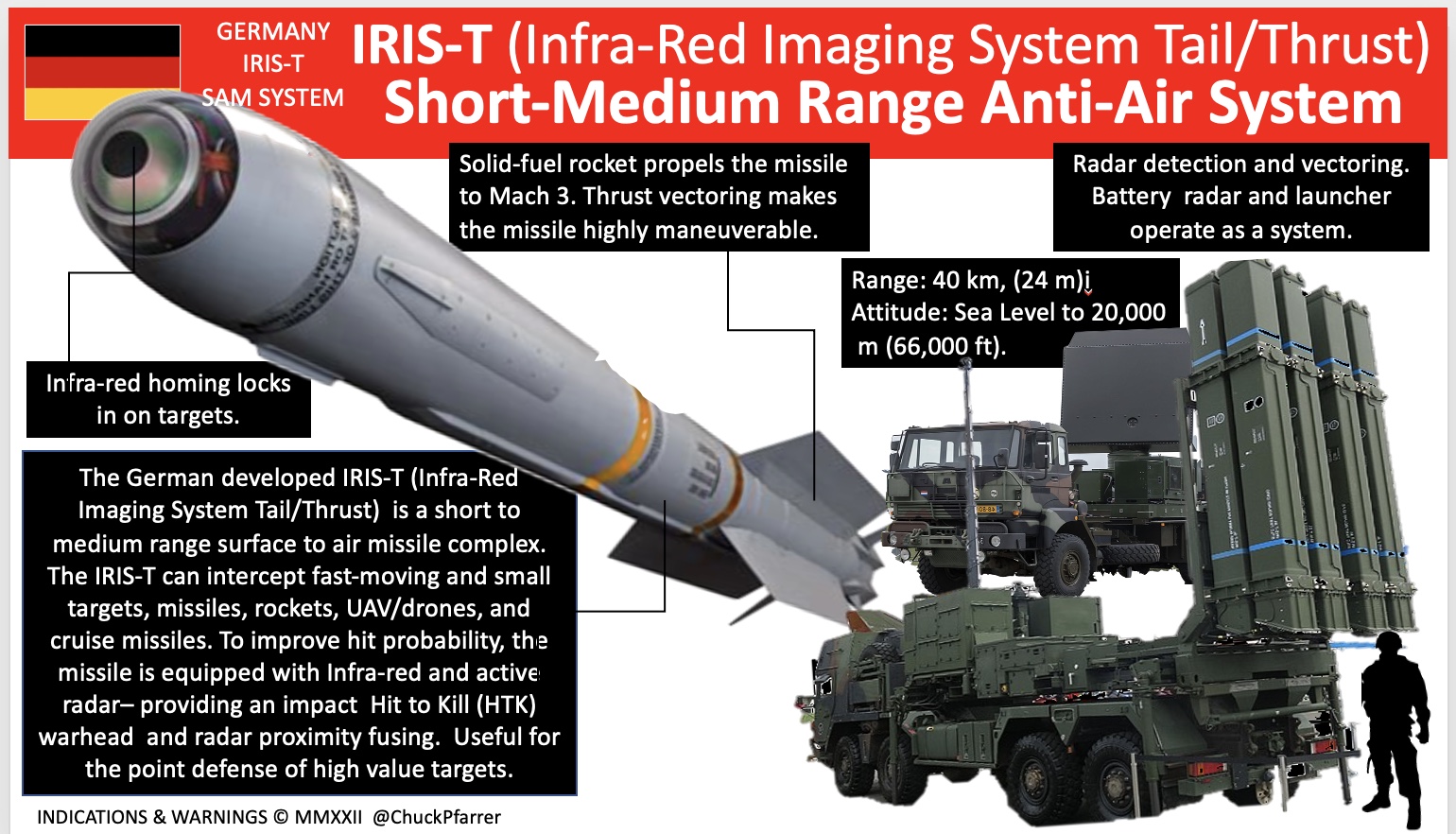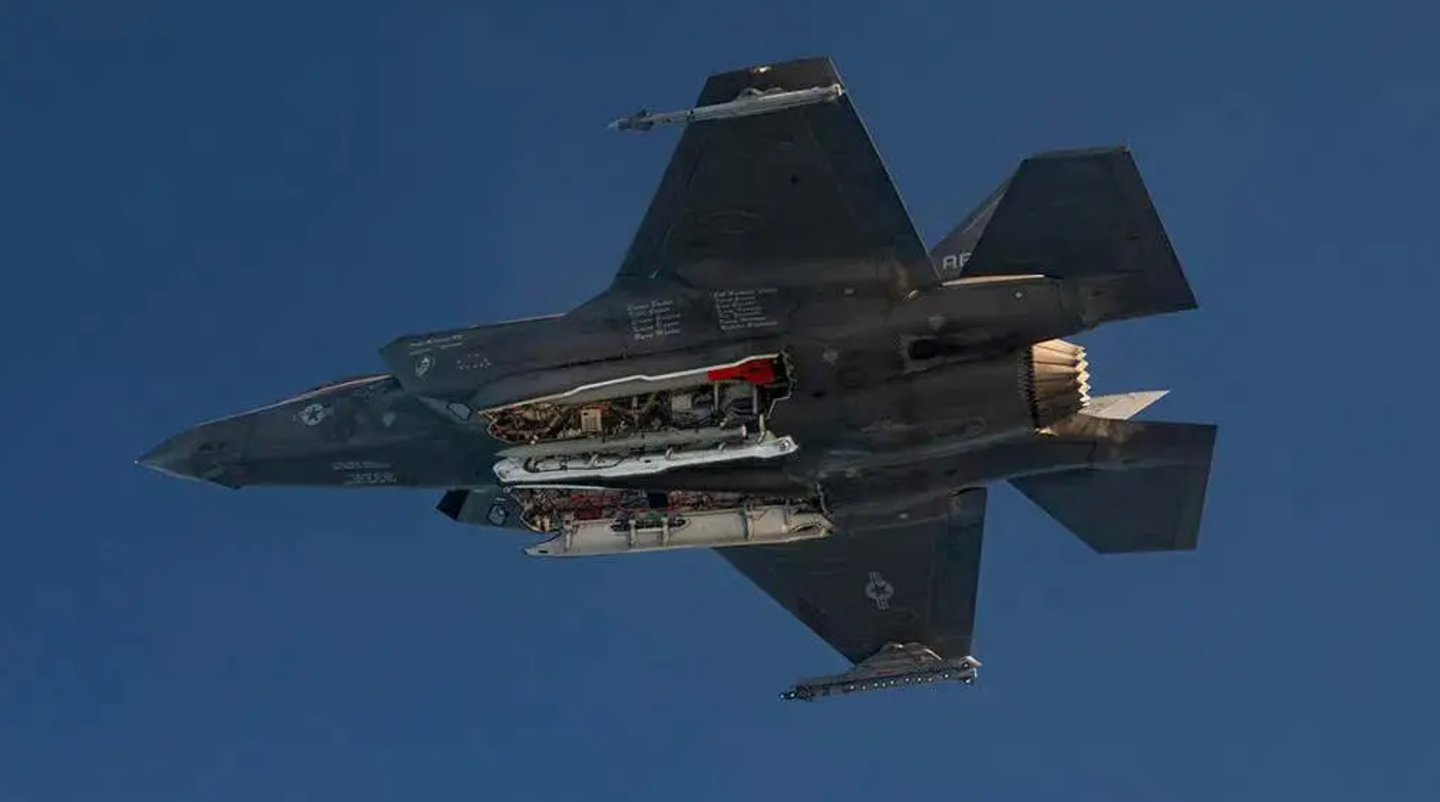Sweden is enhancing its maritime defense capabilities by seeking anti-aircraft guns for its Combat Boat 90 fleet, aiming to counter potential threats from drones and helicopters, particularly in the Baltic Sea region amid tensions with Russia.
The Swedish Ministry of Defense's procurement arm, FMV, has initiated a tender to acquire eight anti-aircraft guns, signaling a strategic move in response to growing concerns about security in the Baltic Sea. This procurement, valued at over $176 million, underscores Sweden's commitment to fortifying its amphibious units against aerial threats.
These anti-aircraft guns, to be integrated onto the Combat Boat 90 vessels, will provide enhanced protection across various naval theaters, including critical areas of interest. With a designated ammunition supply for 12 years, they offer a cost-effective defense solution against airborne threats, akin to Ukraine's defense strategy against Russian aggression.
As tensions escalate in the Baltic Sea, driven by Russia's ambitions in the region, Swedish Armed Forces Commander Micael Bydén has emphasized the strategic significance of key locations like Gotland. Positioned strategically in the Baltic, Gotland holds immense importance, prompting Sweden, now a NATO member, to maintain a military presence on the island.
Russia's recent moves to revise maritime borders, particularly around Kaliningrad and the Gulf of Finland, raise concerns of potential territorial disputes with neighboring NATO nations, further highlighting the need for enhanced maritime defense measures in the region.
:quality(70)/cloudfront-us-east-1.images.arcpublishing.com/archetype/BSY75DRAH5DJLCY3KONYNZU44I.jpg)
:quality(70)/cloudfront-us-east-1.images.arcpublishing.com/archetype/VM5EPLTK5JBU5B6CD7SLLW6AWQ.jpg)
:quality(70)/cloudfront-us-east-1.images.arcpublishing.com/archetype/VL6XK33ABJC4JF3EWVQACCMN6M.jpg)
:quality(70)/cloudfront-us-east-1.images.arcpublishing.com/archetype/KSRMAYZJTFAKFNUUIABOZMFI6I.jpg)
:quality(70)/cloudfront-us-east-1.images.arcpublishing.com/archetype/2TCLA6XIY5EFZLS2GXQTD6Z7PI.jpg)



